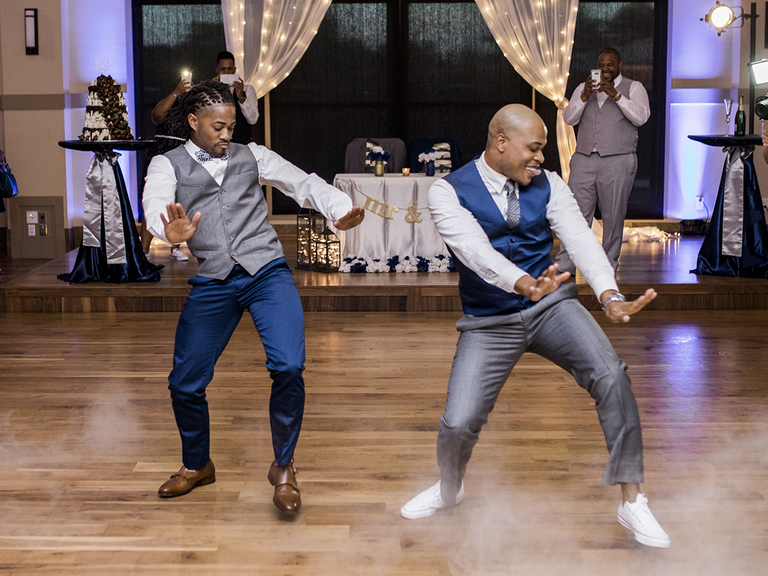Guaranteeing Safety and Fun on the Dancing Floor: Recognizing and Mitigating Common Dangers
Guaranteeing Safety and Fun on the Dancing Floor: Recognizing and Mitigating Common Dangers
Blog Article
Dancing is a well-liked pastime that brings people together, regardless of at a party, a dance venue, or a unique occasion. However, while dancing can be a lot of fun, it is crucial to maintain safety in mind. The dance floor can pose various risks that may lead to accidents or incidents if not managed appropriately. By recognizing and preventing these common hazards, event organizers and dancers can guarantee a secure and enjoyable experience for everyone.
One of the most significant hazards on the dance area is the threat of slipping up or falling. This can occur due to spills, uneven surfaces, or overcrowded spaces. To avoid these incidents, it is important to keep up a clean and clear dance space. Event coordinators should frequently check the floor for any spills or debris and clean them up immediately. Furthermore, ensuring that the dance floor is adequately lit can help dancers identify potential hazards, reducing the chances of falling. Dancers should also be cognizant of their environment, steering clear of packed areas where they may be shoved or tripped.
Another frequent issue on the dance floor is the potential for injuries caused by too many people. When too many people gather in one area, it can lead to bumps, contusions, and even more serious injuries. To avoid overcrowding, locations should establish a limit capacity for the dance floor and oversee it closely. Event coordinators can use fencing or ropes to create specific areas for dancing, which check can help manage crowd flow. Additionally, motivating dancers to be aware of their personal area and to consider others can create a safer environment for all.
Injuries can also happen from unsuitable footwear. Wearing shoes that are not appropriate for dancing can lead to slips, accidents, or foot injuries. Dancers should choose footwear that provides adequate support and traction. Event organizers can prompt guests to wear appropriate shoes by including this information in invitations or communications. Providing a location for dancers to keep their shoes can also help keep the dance area secure and free from potential hazards.
Lastly, it is vital to consider the significance of health and fitness on the dance area. Staying well-hydrated is crucial, especially during long periods of dancing. Lack of hydration can lead to dizziness, fatigue, and other health issues. Event coordinators should provide water stations or invite guests to bring water bottles. Additionally, it is imperative for dancers to listen to their bodies and see here take breaks as necessary. By promoting a healthy atmosphere, all can savor dancing while minimizing the risk of health-related concerns.
In summary, ensuring security and enjoyment on the dance area requires awareness and preemptive measures. By identifying hazards such as falls, overcrowding, unsuitable footwear, and health concerns, event organizers and dancers can collaborate together to create a secure environment. Taking these steps not only avoids accidents but also improves the overall encounter for everyone involved. With proper precautions, the dance area can remain a space of fun and camaraderie for all.
